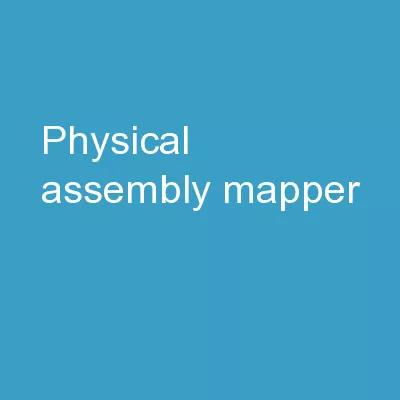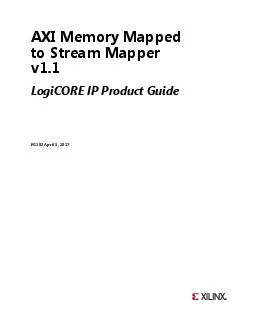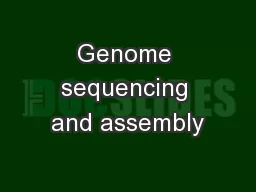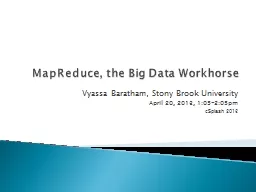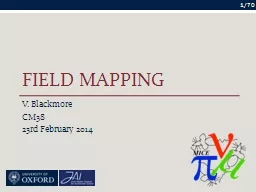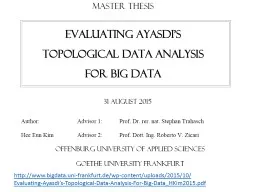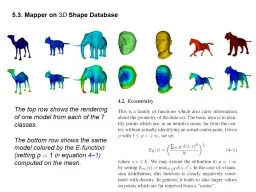PPT-Physical Assembly Mapper
Author : tatyana-admore | Published Date : 2018-12-16
A Modeldriven Optimization Tool for QoS enabled Component Middleware Vanderbilt University Nashville Tennessee Institute for Software Integrated Systems RTAS 2008
Presentation Embed Code
Download Presentation
Download Presentation The PPT/PDF document "Physical Assembly Mapper" is the property of its rightful owner. Permission is granted to download and print the materials on this website for personal, non-commercial use only, and to display it on your personal computer provided you do not modify the materials and that you retain all copyright notices contained in the materials. By downloading content from our website, you accept the terms of this agreement.
Physical Assembly Mapper: Transcript
Download Rules Of Document
"Physical Assembly Mapper"The content belongs to its owner. You may download and print it for personal use, without modification, and keep all copyright notices. By downloading, you agree to these terms.
Related Documents

